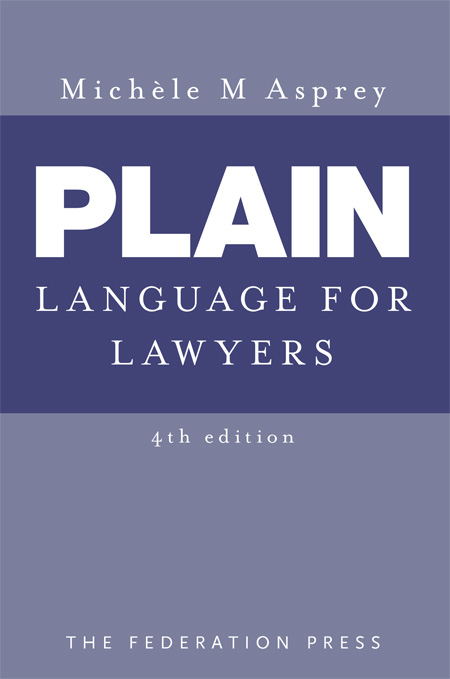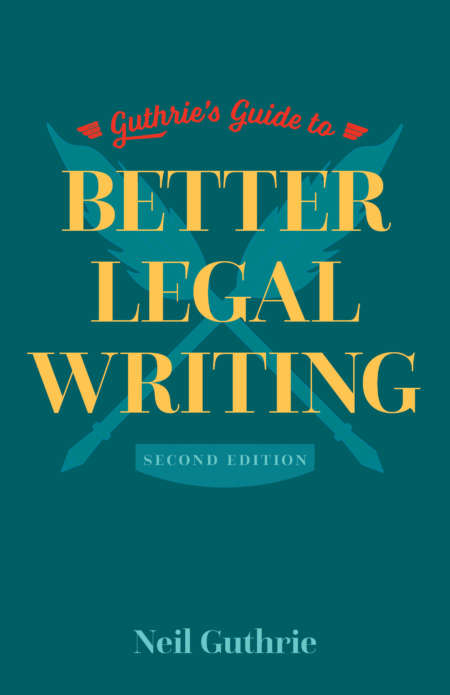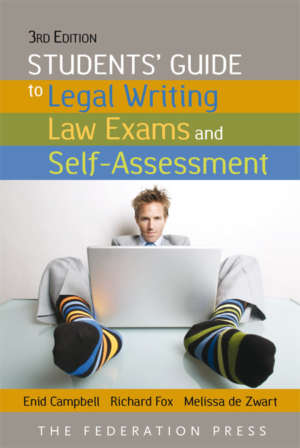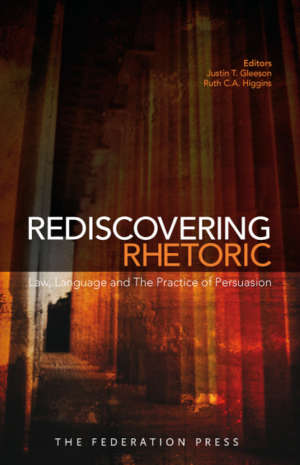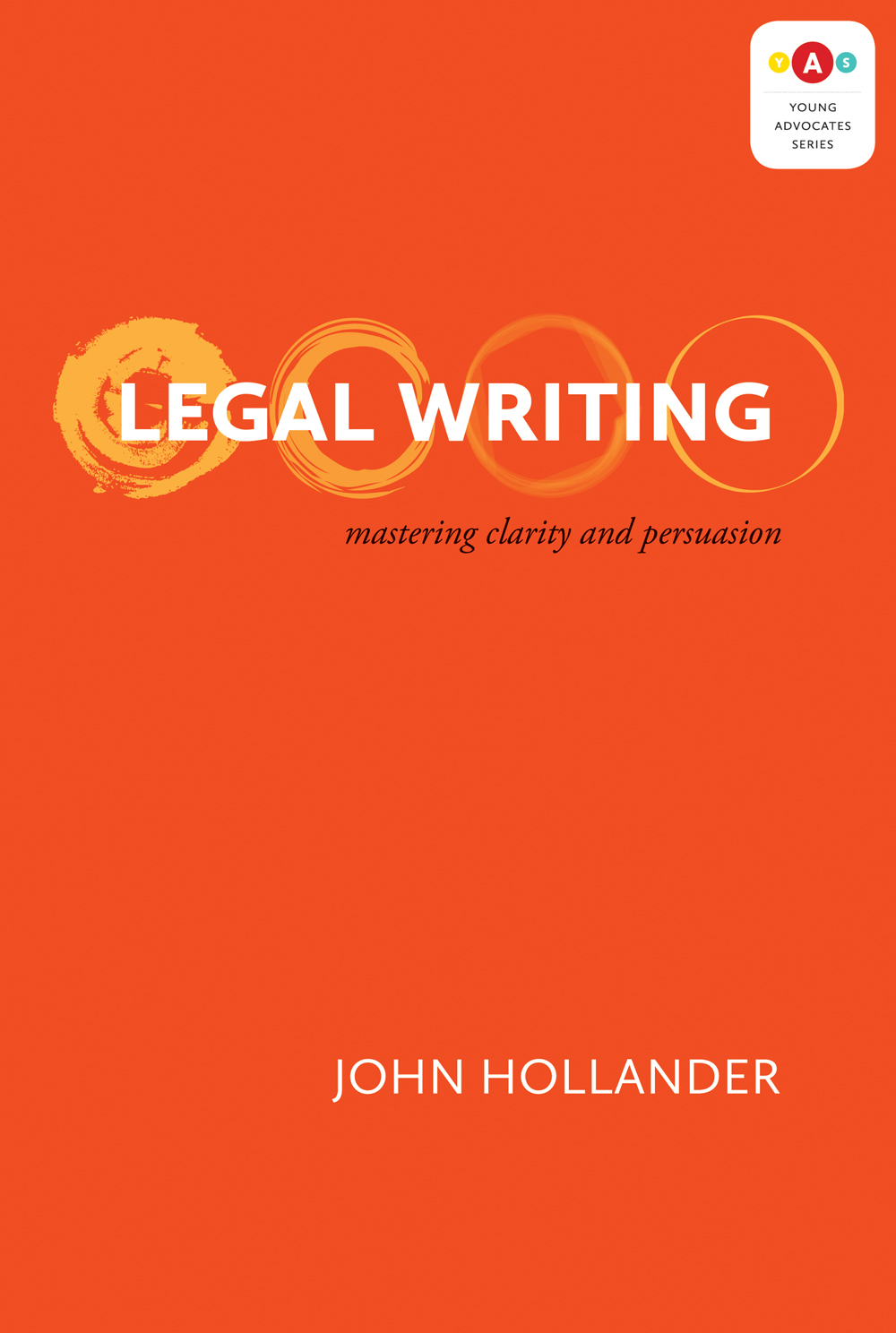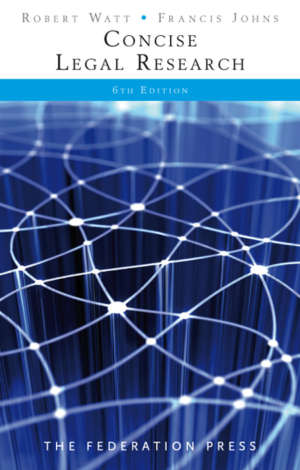Product Description
Professor Kimble names Michele Asprey’s book Plain Language for Lawyers as one of the top publications in the history of plain language.
In Writing for Dollars, Writing to Please – The Case for Plain Language in Business, Government, and Law – Carolina Academic Press, Durham, North Carolina, Professor Kimble lists Michele Asprey’s book as number 7 on his list of the top publications – quite an accolade. It appears alongside David Mellinkoff’s book The Language of the Law (from 1963), Richard Wydick’s book Plain English for Lawyers (from 1979), Rudloph Flesch’s work, and Ernest Gowers’s The Complete Plain Words, among others.
The idea that lawyers can – and should – write in plain language is not new. There have always been plain language lawyers. There just aren’t enough of them.
The plain language movement in Australia has been with us for decades. Plain language has been taught in law schools in Australia for almost 20 years. But still too many lawyers don’t write in language that clients, and other readers, can understand.
Plain Language for Lawyers can help. Over the 18 years it has been in print and it has established itself in Australia and overseas as a comprehensive, entertaining and enormously useful text. It includes international references, contains practical advice, and can be read and enjoyed by anyone who is interested in plain language in the law.
The 4th edition has been completely revised and updated.
All cases, legislation and text references have been updated to 2009
Recent international developments in plain language are included
Chapter 12, on the principles of legal interpretation, has been completely rewritten to cover the latest case law
Chapter 13, the plain language vocabulary, has been extended
Chapter 14, on email and the internet, has been updated, and includes the latest on defamation law
Chapter 15 and 16, which cover document design for both print and the computer screen, have both been revised to include the latest research findings on typography, and the way we read and comprehend on-line material
The global financial crisis has shown how complex legal and financial documents can conceal dangers for readers who don’t understand the legal risks of modern financial products. Now, more than ever, it is time for Plain Language for Lawyers.
An expanded version of Chapter 4 – Plain Language Around the World is available in electronic format, for purchase as a stand-alone 100 page work. Contact us to purchase a digital version of this chapter.

